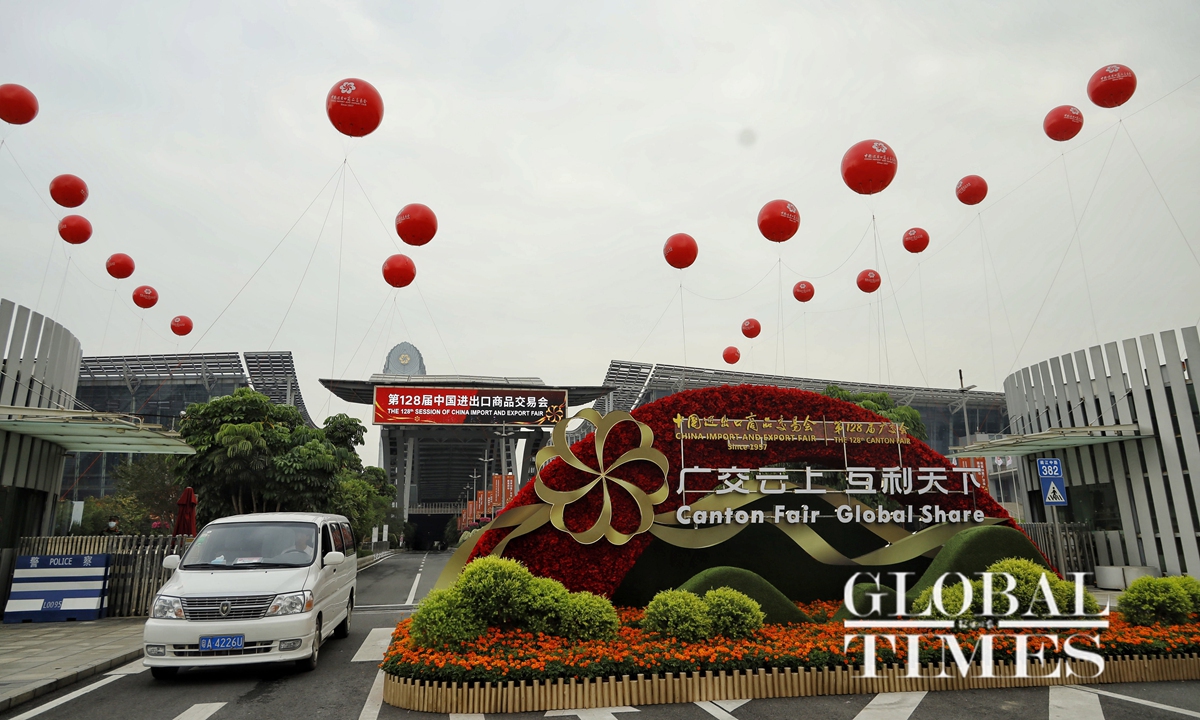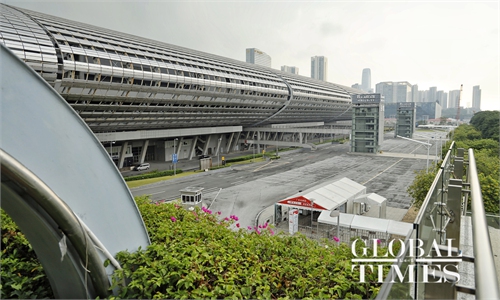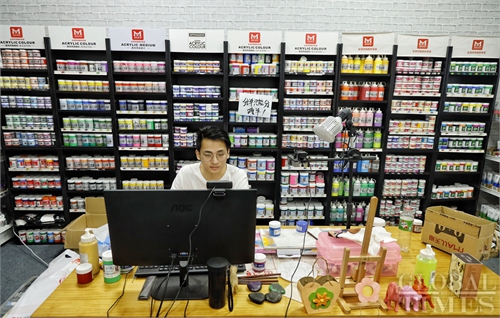COMMENTS / EXPERT ASSESSMENT
Online Canton Fair improvements show progress in trade promotion

The 128th China Import and Export Fair, also known as the Canton Fair, kicked off in Guangzhou, South China's Guangdong Province, on October 15, 2020. Photo: Li Hao/GT
The 128th China Import and Export Fair, or Canton Fair, opened online on Thursday. This is the second online edition of the world's largest comprehensive international trading event after the COVID-19 epidemic outbreak. Although it's still subject to many limitations compared with the mature model of the on-site exhibition, the second online edition has made many improvements over the first one.As the exhibition is completely transferred online, the businesses are bound to have a process of adaptation. However, in general, the brand of the international trade fair still maintains its great influence, and the trade fair has played its role as the largest international trade platform better than the last online fair.
Like the last event this June, the trading of consumer goods and daily necessities is more active, as the online transactions of large machinery and equipment may be subject to certain restrictions. While the trade fair can still secure its old clients' demands to make deals even under the virus impact, new clients may also be attracted to the online platform and get help to seek their deals as long as the platform is built better. Once the convenient and stable services of the platform build credibility among new businesses, the online transaction model will completely replicate the former on-site exhibition model.
On the basis of exploration and experience of the first online event in June, this Canton Fair is expected to have better operation and achieve better results. The improvements made under the pressure of the epidemic will also satisfy some of the needs of larger and wider customers.
Even after the epidemic, this online and offline combination model will be further developed and improved. The series of adjustments and improvements that the world's largest foreign trade exhibition has made reflects the efforts of the Chinese government and enterprises to actively respond to the challenge of weak external demand.
The World Trade Organization (WTO) recently revised its forecast for the decline in world merchandise trade at 9.2 percent in 2020 as against 12.9 percent drop projected earlier. Indeed, the international trade has seen better performance overall as lockdowns were eased and economic activity gained momentum, but challenges remain.
Among these, the main difficulty is that major economies in the world, except China, are affected by the impact of the epidemic and the decline in demand caused by shrinking growth and orders. In addition, trade protectionism has disrupted some normal transactions and brought a lot of trouble to market.
However, in the face of these negative effects, China's foreign trade growth in the third quarter shows the resilience of the economy. The recovery shows that government support has had certain effects. The competitiveness of enterprises is also improving. Their ability to expand markets and grasp opportunities has strengthened. As the external demand is recovering, China can take this opportunity to promote exports. Judging from the current situation, China's trade is expected to go further up in the fourth quarter.
The author is a vice chairman of the China Society for World Trade Organization Studies in Beijing, and former president of the research institute of China's Ministry of Commerce. bizopinion@globaltimes.com.cn



